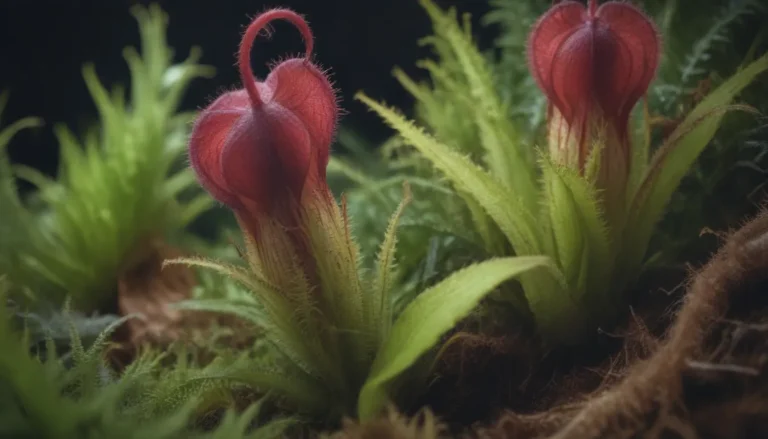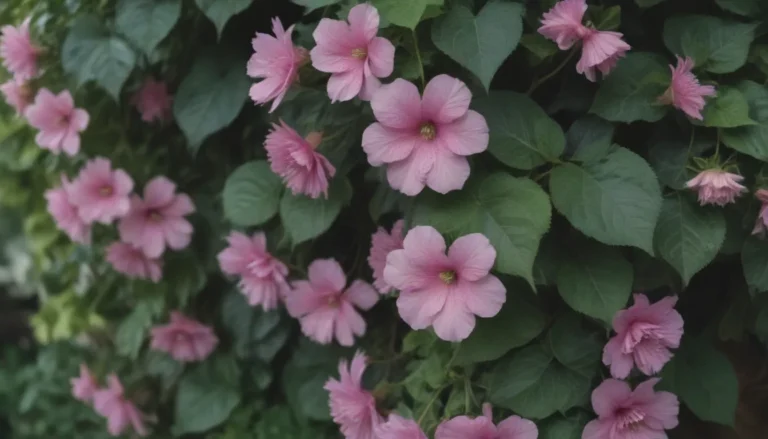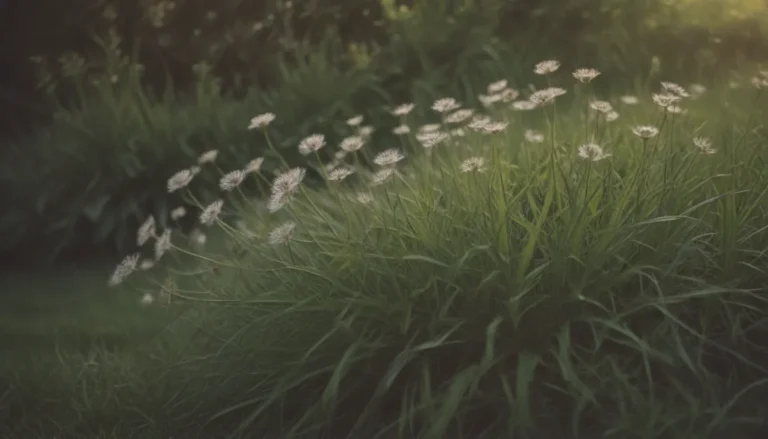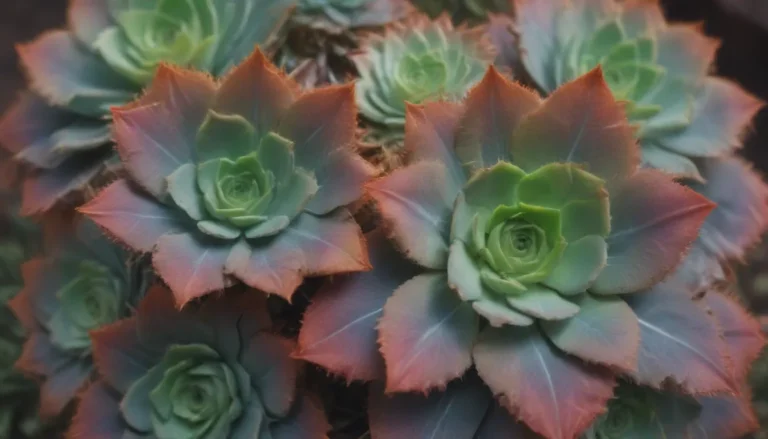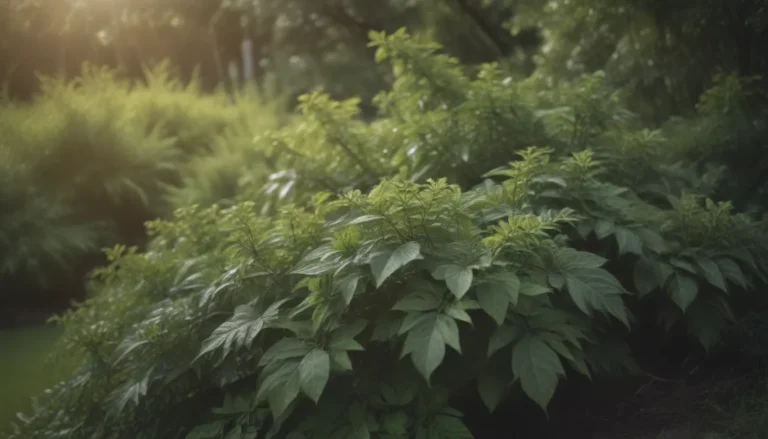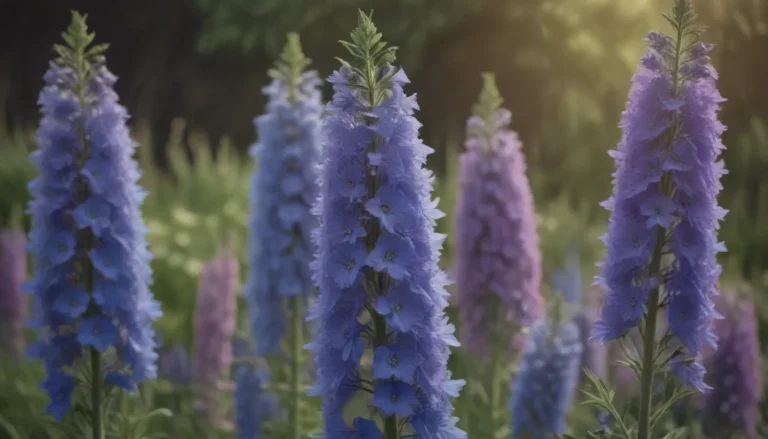Comprehensive Guide to Growing and Caring for Butterfly Bushes
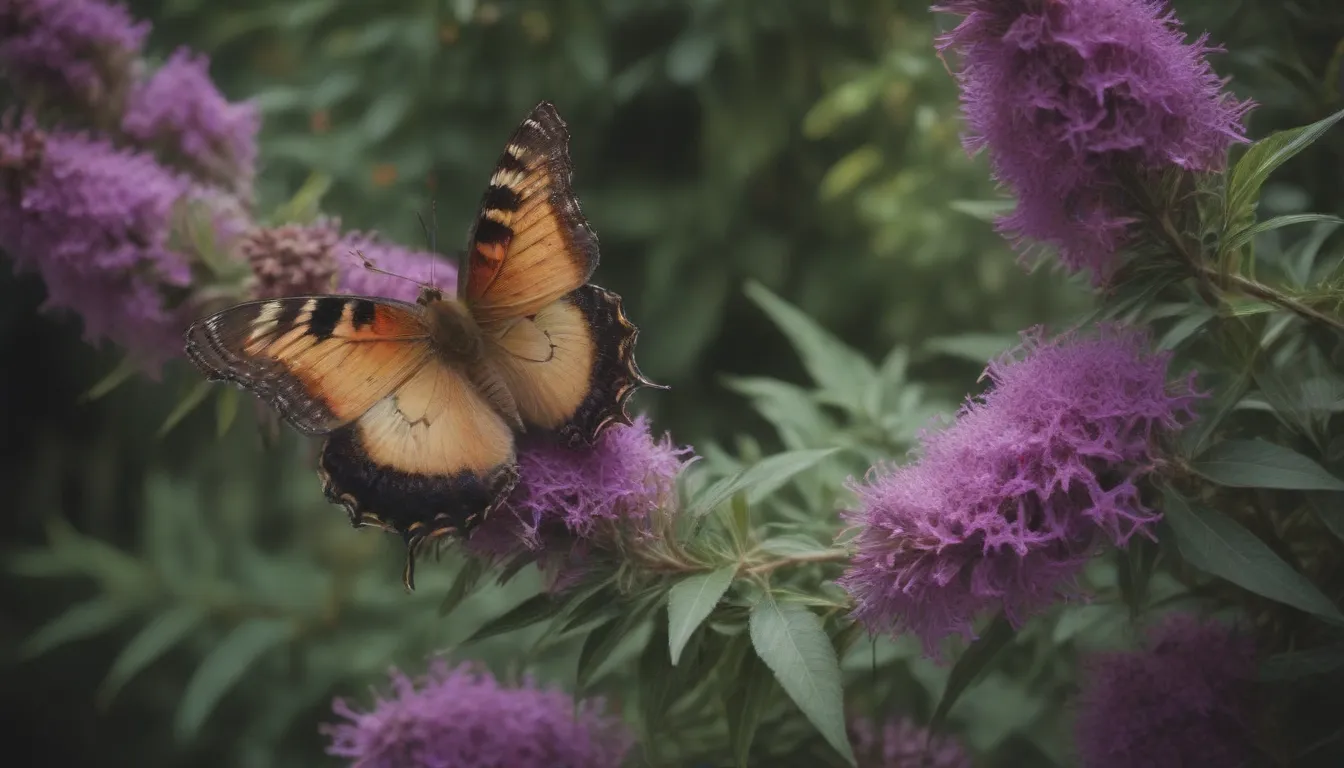
Are you looking to add a touch of beauty to your garden while attracting butterflies with vibrant flowers? Look no further than the stunning butterfly bush (Buddleia davidii). Whether you’re a seasoned gardener or just starting out, this deciduous shrub is a perfect addition to any landscape. In this comprehensive guide, we’ll explore everything you need to know about growing and caring for butterfly bushes.
What is a Butterfly Bush?
Butterfly bushes are known for their arching habit and impressive flowers that come in a wide range of colors, thanks to cultivar developers. These shrubs can grow up to 12 feet tall in some varieties, while others remain relatively small. With their attractive flower spikes that attract pollinators, butterfly bushes are a favorite among many gardeners.
Benefits of Butterfly Bushes
- Easy to grow and require minimal day-to-day care
- Thrive in harsh environments such as polluted urban settings
- Resistant to insect pests, drought, and stress
- Attract butterflies and other pollinators to your garden
How to Care for Butterfly Bushes
Sunlight
- Butterfly bushes require full sun, at least six hours daily, to thrive.
Soil
- Plant them in average, well-drained soil with a pH of 6.0 to 7.0.
Water
- Keep the soil moist but not waterlogged, watering about 1/2 inch per week.
Temperature and Humidity
- Butterfly bushes thrive in hardiness zones 5 to 9 but may die back in colder zones.
Fertilizer
- A thin layer of compost spread over the root zone each spring is all they need.
Types of Butterfly Bushes
With names like ‘Adonis Blue’, ‘Pink Delight’, and ‘Royal Red’, butterfly bushes come in various colors and sizes. While some varieties may self-seed readily, newer sterile cultivars are available to prevent excessive spreading.
Pruning and Propagating
- Trim spent flower spikes to stimulate continued blooming and prevent self-seeding.
- Propagate through branch cuttings or collect seeds for planting.
How to Grow Butterfly Bush From Seed
Butterfly bushes self-seed readily, making them easy to propagate. Simply transplant volunteer seedlings or harvest seeds from dried flower heads for planting. For sterile cultivars, direct sowing seeds will result in mature plants by the end of the growing season.
Potting and Overwintering
While larger varieties may not be suitable for containers, dwarf varieties like the Lo and Behold series can thrive in pots. Cut back potted butterfly bushes to soil level in cold winter zones for protection. These hardy plants usually sprout back in spring.
Common Pests and Diseases
Although not prone to serious issues, butterfly bushes may face challenges like spider mites and nematodes. Monitor for symptoms and take appropriate measures to control pests.
Tips for Blooming and Common Problems
- Provide adequate sunlight and water to ensure blooming from summer to fall.
- Control spread by removing flower heads, cutting back stems, and plucking out volunteer seedlings.
In conclusion, butterfly bushes are a beautiful addition to any garden, attracting butterflies and adding vibrant colors. By following the care tips outlined in this guide, you can enjoy the beauty of butterfly bushes while minimizing their tendency to spread. Remember to check the plant’s invasive status in your area and choose sterile cultivars if needed. Happy gardening!
